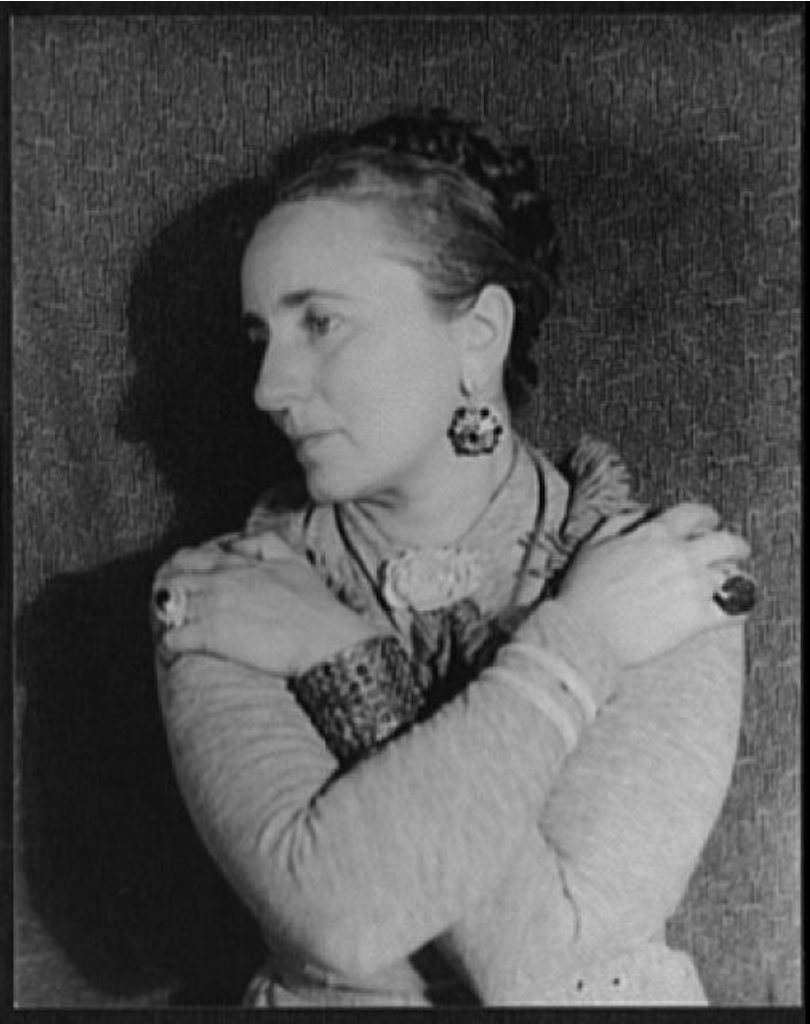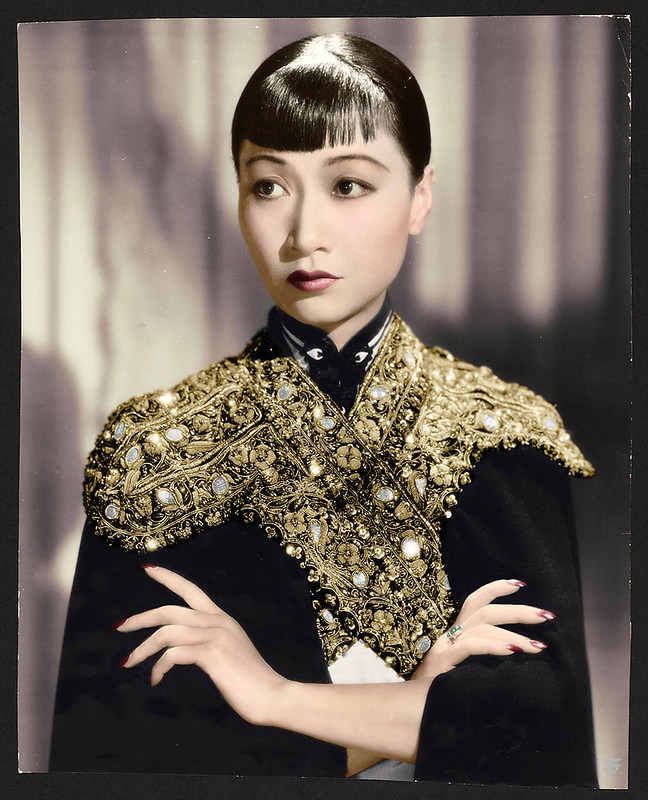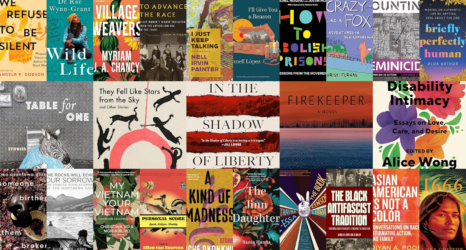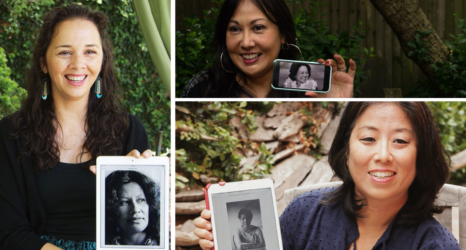In the mid-1930s, Anna May Wong was Hollywood’s preeminent Asian American starlet. The U.S. is just beginning to recognize her groundbreaking achievements.
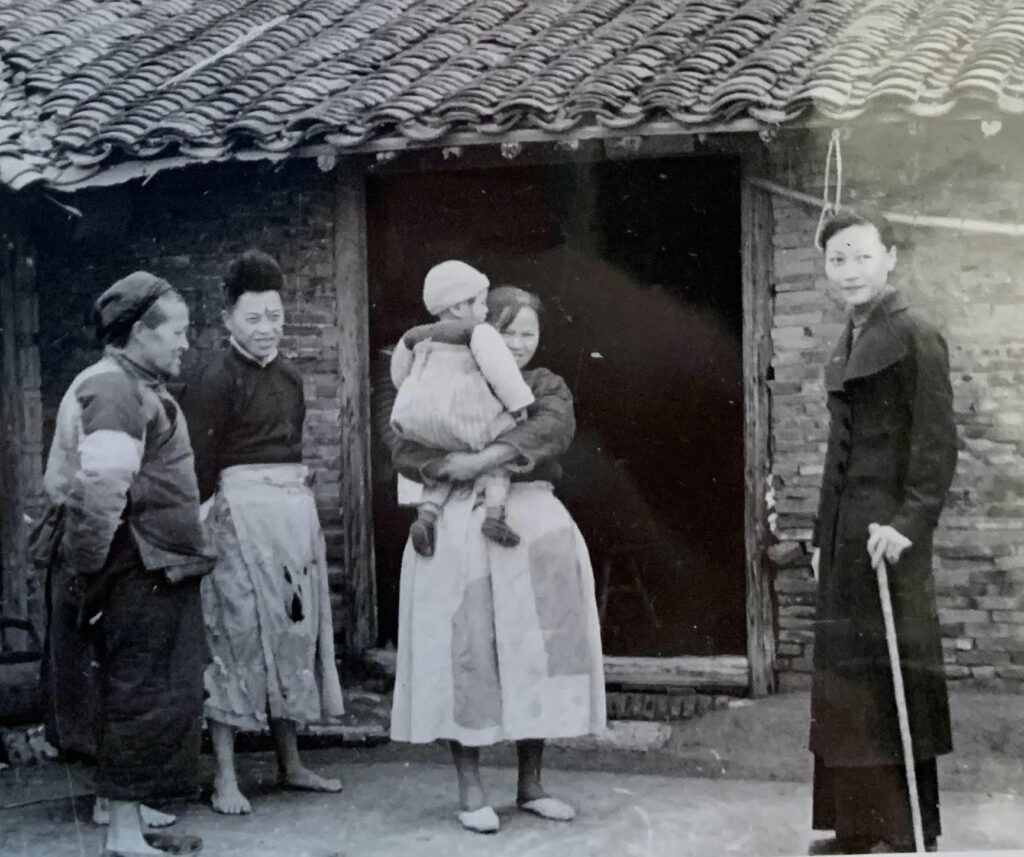
In the mid-1930s, Anna May Wong planned her first trip to China. As Hollywood’s preeminent Asian American starlet, she was not only frustrated by a racist film industry but also upset that people in China blamed her—not Hollywood producers—for portraying Chinese people unfavorably. To change that perception, she traveled to her grandparents’ ancestral home in China to film a documentary on her own terms.
When Wong reached Shanghai in early 1936, she connected with an American salon hostess she had met two years earlier when both passed through London. Bernardine Szold Fritz was a Jewish American writer from Peoria, Ill., who left behind Gertrude Stein’s Lost Generation in Paris to move to Shanghai in 1929. She became known in Shanghai for her home salon, attracting Chinese and foreign writers, actors, artists and musicians. The two women quickly formed a friendship, which would only grow closer through their correspondence as Wong traveled north to Peking with letters of introduction from Fritz.
One of these introductions was Vicki Baum, the Jewish Austrian author of Grand Hotel and Shanghai ’37, who was staying in Peking at that time.
Wong wrote to Fritz from Peking in May 1936 about Baum: “I am so sorry that she is leaving before I get into my tiny little house, as I should like to have her to tea or something.” Anna May Wong had rented a small house in a compound of traditional Chinese homes for a few months and urged Fritz to visit her in Peking.
While still in Peking, Wong asked if Fritz could buy silk from Shanghai and ship it to her. She would reimburse Fritz shortly. Wong had fallen in love with the cheongsam or qipao in Shanghai and appreciated this contemporary dress design with its high mandarin collar and ankle-length hem. She also admitted to Fritz that she was trying to rein in her spending: “Haven’t bought much here because I must watch my shekels carefully but there certainly are many beautiful things floating around these parts.”
Still hoping that Fritz would visit her, Wong reiterated her invitation: “If the family do not arrive en masse, there is room in my little house here if you care to bunk with me. Think about it anyway—I would love to have you.”
It took little convincing for Fritz to agree to a visit. She had other friends in Peking like Chinese intellectual Hu Shih and British writer Harold Acton—whom she also introduced to Wong—but she made this special trip to stay with her new friend.
The two women met up again in 1937, this time in Hollywood after Fritz left Shanghai for good to take care of her ailing daughter in the U.S. Fritz and Wong both attended a small gathering in Los Angeles hosted by the Chinese consul, T.K. Chang. Hong Kong’s South China Morning Post reported on this gathering and called Fritz a “refugee.” War was heating up in China as Japan bombed Shanghai that summer and took more of the country under its control.
It doesn’t seem as if Fritz and Wong corresponded much beyond 1939. They also didn’t seem to have spent as much time together in Hollywood as they had during Wong’s 1936 trip to China, a trip that has been remembered in a number of recent novels and biographies. In one of their last known letters, Anna May Wong expressed sympathy over Fritz’s failing marriage in April 1939: “My thoughts and wishes are with you for your happiness.”
But Wong would need the well wishes more. In 1951, she was the first Asian American actor to star in her own network television show, The Gallery of Madame Liu-Tsong, named for Wong’s Chinese given name. The series was canceled after one season. Ten years later, as she prepared to play Mrs. Liang in the film version of Rodgers and Hammerstein’s Flower Drum Song, she suffered a heart attack and died in her sleep. After decades of struggling to land the roles she deserved, Wong battled depression and turned to drinking. Doctors warned her of liver failure if she didn’t stop, but her heart gave out first. Anna May Wong was only 56 when she died in 1961.
Now in 2022—100 years after Anna May starred in her first leading role, The Toll of the Sea—stereotypes and casting white actors for Asian roles are still all too prevalent. Outside Hollywood, the United States is just beginning to recognize her groundbreaking achievements, as Anna May Wong will be one of five American women to be featured on a U.S. quarter this year. It’s a start.
Up next:



